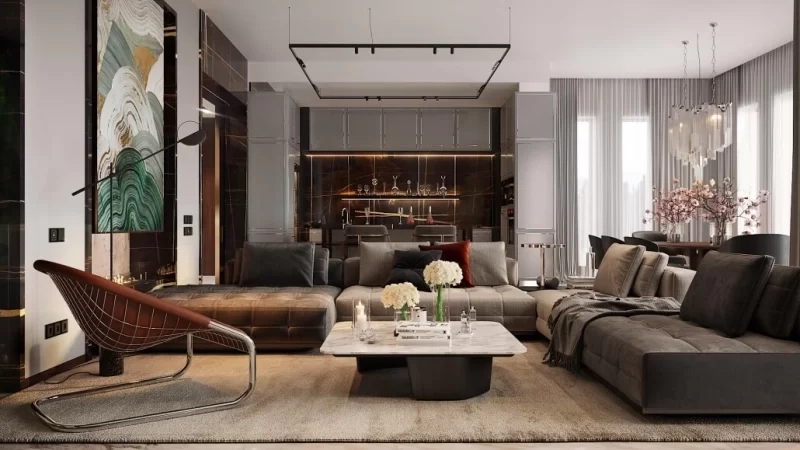From Blueprint to Browser: The New Renovation Reality
The home improvement industry is undergoing a radical transformation. Virtual renovation service—once considered just a marketing gimmick—has become an essential planning tool that's saving homeowners and professionals thousands of dollars in costly mistakes.

This isn't about simple virtual staging; it's about complete digital transformations that let you test every aspect of a renovation before swinging a hammer.
The proof is in the numbers:
- The virtual renovation market is growing at 22.4% annually (Grand View Research)
- 78% of architects now use virtual renovation tools for client presentations
- Homeowners report 65% fewer change orders when using virtual planning
Why Virtual Renovation is Disrupting the Industry
1. The Cost-Saving Paradox
While traditional renovations often go 20-30% over budget, virtual planning helps:
- Identify design flaws early (saving $5,000+ per project)
- Reduce material waste by 40% through precise calculations
- Eliminate "I changed my mind" construction delays
2. Speed Versus Reality
- Physical renovations: 6-16 weeks from concept to completion
- Virtual makeovers: 3-7 days from scan to photorealistic renders
- Ability to test multiple concepts in the time it takes to get one contractor bid
3. Risk-Free Experimentation
Finally try those bold ideas you've been nervous about:
- Knock down walls virtually first
- Test premium materials before purchasing
- See how natural light changes throughout the day
The Technology Powering the Change
Core Tools
- 3D Scanning: Matterport and LiDAR create millimeter-accurate models
- Design Software: SketchUp, Autodesk, and AI-powered platforms
- Rendering Engines: V-Ray and Lumion produce photorealistic results
- VR Integration: Oculus and HTC Vive for immersive walkthroughs
The New Workflow
- Scan existing space (smartphones now work for basic scans)
- Create digital twin with precise measurements
- Test renovations in the virtual environment
- Generate contractor-ready plans
- Use AR to preview changes on-site
Who's Benefiting Most?
1. Homeowners
- First-time renovators avoiding rookie mistakes
- Luxury clients previewing high-end finishes
- DIYers planning complex projects
2. Real Estate Professionals
- Staging outdated properties for sale
- Demonstrating renovation potential to buyers
- Creating "before/after" marketing materials
3. Design & Construction Firms
- Streamlining client approvals
- Reducing worksite errors
- Showcasing multiple design options
The Future is Here (And It's Virtual)
Emerging trends that will dominate:
- AI Design Assistants: Instant style recommendations
- Blockchain Materials Tracking: From virtual plan to installation
- Haptic Feedback: "Feeling" virtual surfaces
- Metaverse Showrooms: Digital twins of properties
Getting Started With Virtual Renovation
For Homeowners
- Start with free apps like RoomPlanner
- Invest in professional scans for major projects
- Always get contractor input on structural changes
For Professionals
- Upskill with certification courses
- Offer virtual planning as a premium service
- Use it to qualify leads and set realistic expectations
The Bottom Line
Virtual renovation isn't replacing physical construction—it's making it smarter. By catching mistakes early, optimizing designs, and setting clear expectations, this technology is removing the fear factor from home improvements. In an era where a single renovation misstep can cost thousands, virtual planning has become the essential first step that separates successful projects from expensive disasters.



